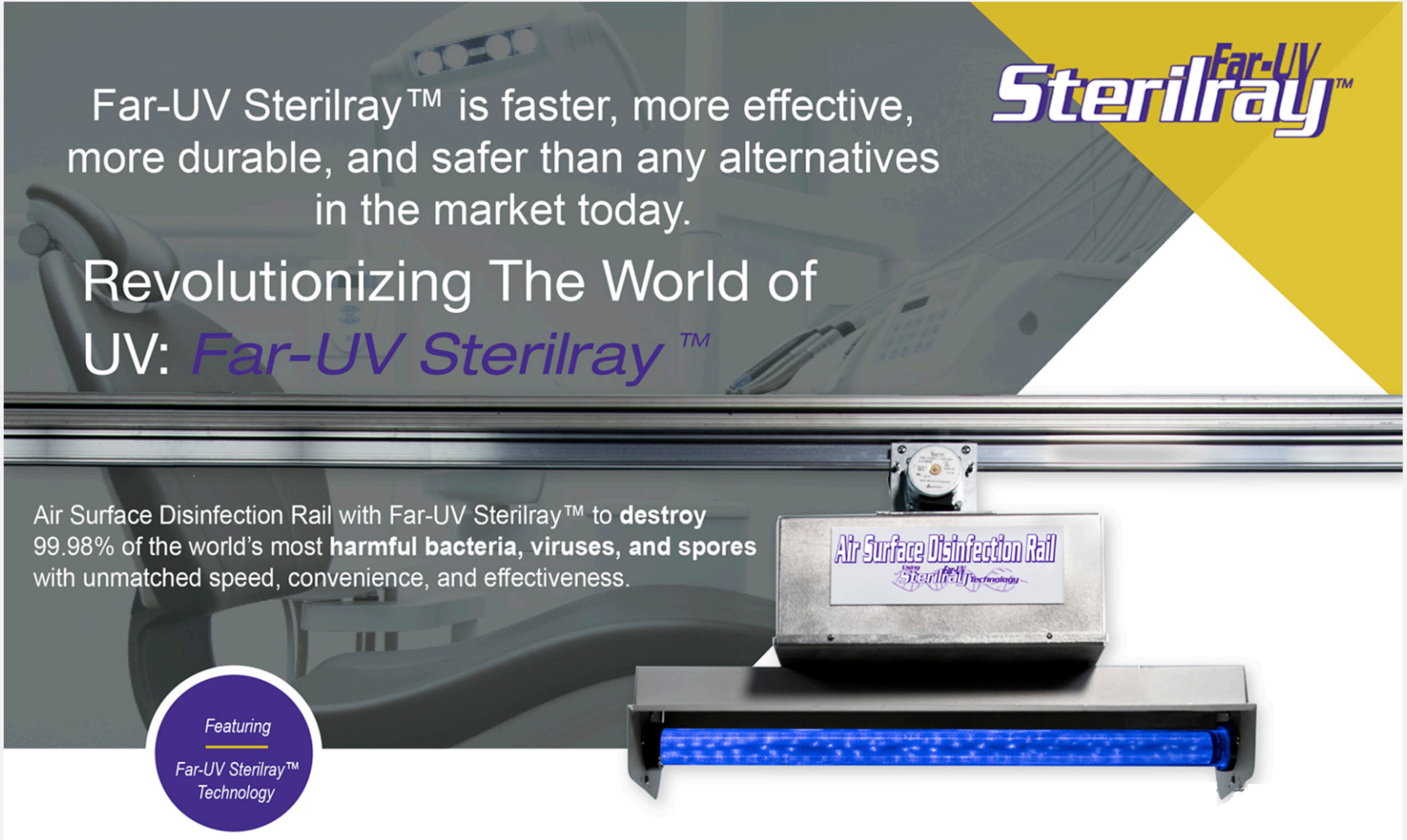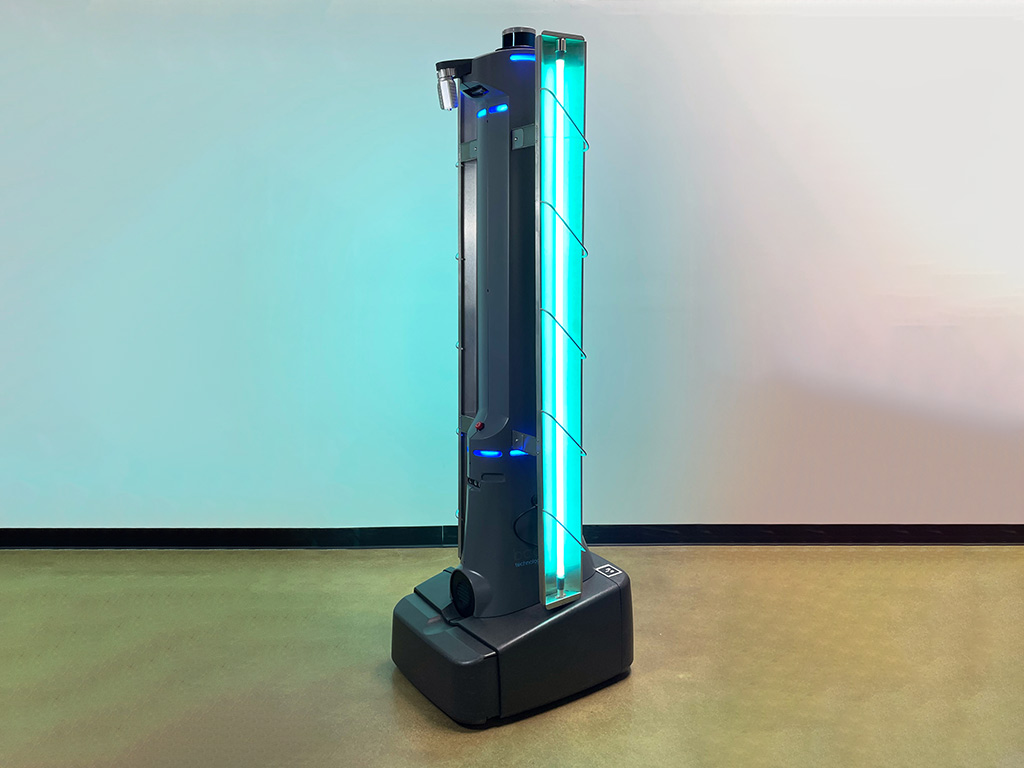UV Sanitation: The Cutting-Edge Innovation Changing Sanitation Practices
In the world of sanitation techniques, one technology has arised as a game-changer: UV disinfection. From medical care settings to food processing, UV disinfection is making its mark in numerous markets.
Exactly How UV Sanitation Functions
UV sanitation functions by using ultraviolet light to damage or suspend bacteria, offering a chemical-free and extremely efficient method of sanitation. This modern technology takes advantage of the power of short-wavelength UV-C light, which can damaging the DNA and RNA of microorganisms, therefore providing them unable to replicate and trigger harm.
The process starts with the setup of UV sanitation systems, which include UV lights that send out UV-C light. These lamps are strategically placed in areas where microbial contamination is a worry, such as water therapy plants, medical facilities, laboratories, and food handling centers.
When microorganisms are subjected to UV-C light, the photons penetrate their cell wall surfaces and reach the DNA and RNA inside. The high-energy UV-C photons interfere with the hereditary product by creating bonds in between adjacent nucleotides, resulting in the formation of thymine dimers. These dimers protect against the microbes from duplicating, rendering them safe.
UV sanitation is very efficient against a wide variety of bacteria, consisting of bloodsuckers, infections, and microorganisms. It is especially reliable against waterborne virus like E. coli, Giardia, and Cryptosporidium. UV disinfection is a chemical-free method, eliminating the need for possibly damaging anti-bacterials and decreasing the threat of harmful disinfection spin-offs.
Benefits of UV Sanitation
UV sanitation provides various advantages in the field of sanitation, making it a very liked method for successfully getting rid of harmful bacteria. Among the crucial advantages of UV disinfection is its capacity to provide a chemical-free solution. Unlike typical sanitation techniques that count on chemicals, UV sanitation makes use of ultraviolet light to destroy the DNA of microbes, making them not able to recreate and trigger infections. This not only eliminates the requirement for possibly unsafe chemicals yet additionally lowers the danger of chemical residue on surface areas.

UV sanitation is also very flexible in its applications. It can be made use of in numerous settings, consisting of medical facilities, schools, food handling centers, and water treatment plants. UV disinfection systems can be quickly incorporated into existing cleanliness techniques, giving an added layer of security against contagious diseases.
In addition to its effectiveness and flexibility, UV disinfection is likewise eco-friendly. It does not create any kind of hazardous results or deposits, making it a lasting and secure approach for sanitation - uv surface disinfection. Moreover, UV disinfection needs very little maintenance and has a long life expectancy, leading to expense financial savings in the lengthy run.
UV Sanitation in Health Care Settings
In healthcare setups, UV disinfection has arised as a revolutionary approach for efficiently getting rid of damaging microbes. UV disinfection functions by discharging ultraviolet light at a specific wavelength that is dangerous to microorganisms, infections, and various other microorganisms.
First of all, UV disinfection is a non-chemical method, making it an environmentally friendly choice contrasted to typical disinfection approaches that commonly involve using extreme chemicals. Making use of UV light gets rid of the demand for chemical anti-bacterials, decreasing the danger of damaging residue or chemical direct exposure to both people and healthcare employees.
Additionally, UV sanitation is highly reliable in killing a variety of bacteria, consisting of drug-resistant microorganisms such as MRSA and C. difficile. It gives a trustworthy and constant disinfection process, guaranteeing that all surfaces and tools are thoroughly decontaminated, also in hard-to-reach locations.

UV Disinfection in Food Processing
The application of UV sanitation extends beyond healthcare settings and locates considerable value in the realm of food handling. uv surface disinfection. UV disinfection technology is coming to be progressively preferred in the food sector due to its capability to effectively eliminate harmful virus and boost food safety
One of the primary benefits of UV disinfection in food handling is its capacity to target a variety of microorganisms, including mold and mildews, bacteria, and infections. By utilizing UV light at details wavelengths, it is feasible to disrupt the DNA and RNA of these pathogens, rendering them incapable to reproduce or cause harm. This technology can be put on different stages of the food processing chain, including surface disinfection, equipment sanitation, and water treatment.
UV disinfection provides a non-thermal great site and chemical-free method of sanitizing foodstuff. Unlike standard disinfection techniques that rely upon chemicals or warm, UV technology does not leave any deposit or change the taste, texture, or dietary worth of the food. This makes it a perfect option for sectors that call for rigorous adherence to quality requirements.
Furthermore, UV disinfection systems are easy to operate and install, needing marginal upkeep. They can be incorporated right into existing processing lines without causing considerable interruptions to the manufacturing process. Furthermore, UV systems have a fast therapy time, allowing for continual handling and reducing downtime.
The Future of UV Disinfection

One area where UV disinfection is anticipated to make significant advancements is in the field of medical care. With the increase of antibiotic-resistant germs and the demand for much more effective sanitation techniques, UV light has the potential to play an important function in decreasing healthcare-associated infections. UV disinfection systems can be utilized to sanitize surface areas, tools, and even the air in healthcare centers, aiding to avoid the spread of dangerous microorganisms and improve individual safety and security.
Another market that might benefit from advancements in UV disinfection technology is the food sector. UV light has currently confirmed to be a reliable method for sanitizing foodstuff and lowering the risk of foodborne health problems. As technology boosts, we can expect to see a lot more effective and cost-effective UV sanitation systems being implemented in food processing plants, guaranteeing that the food we eat is risk-free and devoid of hazardous bacteria.
Final Thought
To conclude, UV sanitation is an innovative innovation that is changing hygiene techniques in medical care settings and food processing. By utilizing UV light to kill or shut off microbes, it uses many benefits such as security, performance, and efficiency. With continuous improvements in this area, UV sanitation holds fantastic potential for the future of hygiene, providing a lasting and trusted remedy for maintaining tidy and hygienic environments.
UV disinfection is a chemical-free method, eliminating the demand for potentially damaging anti-bacterials and lowering the threat of hazardous sanitation spin-offs.
Unlike conventional disinfection methods that depend on chemicals, UV sanitation makes use of ultraviolet light to destroy the DNA of bacteria, making them unable to reproduce and trigger infections. Unlike traditional disinfection approaches that count on chemicals or heat, UV modern technology does not leave any type of deposit or alter the taste, texture, or nutritional worth of the food. As modern technology improves, we can expect to see a lot more reliable and affordable UV disinfection systems being implemented in food handling plants, ensuring that the food we consume is safe and totally free from dangerous microorganisms.
In conclusion, UV disinfection is a sophisticated technology that is changing sanitation techniques in healthcare setups and food processing.